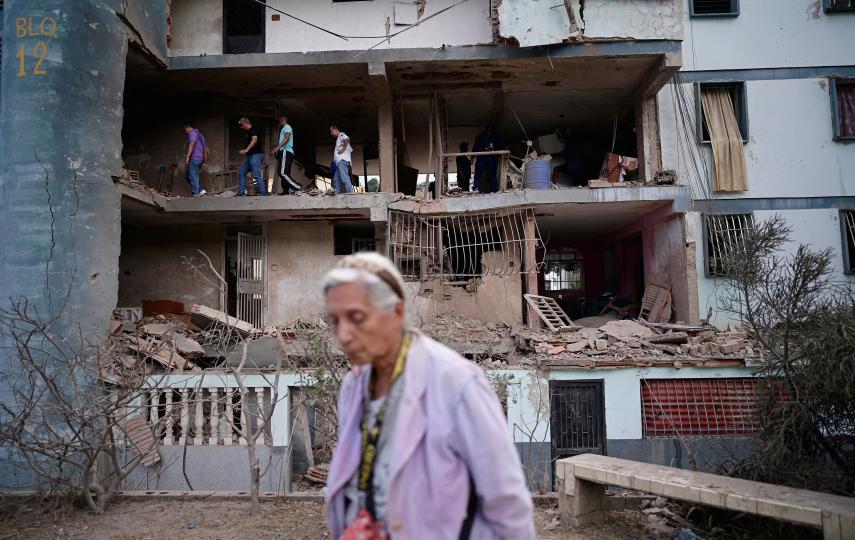BISHKEK
The Osh regional governorate has launched the country's first regional poverty reduction plan, with the aim of reducing poverty in the southern province by more than half by 2010.
“We have managed to change people's psychology of uncertainty and dependency. As a result, poor families have understood that if they do not actively participate in improving their well-being, we will not able to overcome poverty merely through assistance from the government and international organisations,” Naken Kasiev, governor of Osh province, told IRIN at the presentation of the new initiative in the capital, Bishkek, on Friday.
The regional poverty reduction and development strategy has been developed under the initiative of Osh province governorate with the financial support of the United Nations Development Programme (UNDP).
With a population of around 1 million, Osh province is one of the largest and most populous provinces of the country, where some 5 million live. According to the UNDP, the poverty rate in the region is over 52 percent, exceeding the average national poverty rate of 44 percent.
“We needed to develop this document, which would cover all aspects of the province's development, thus linking them with the development of the country,” Kasiev said. “Also, we had to develop a poverty reduction strategy in Osh province for the short term.”
The strategy determines five basic priorities: dynamic development of the agricultural sector, effective utilisation of human resources, development of the school and professional education systems, support of local initiatives and strengthening of cooperation of the state bodies and NGOs.
It is based on the Millennium Development Goals (MDGs), the Comprehensive Development Framework (CDF) and the National Poverty Reduction Strategy (NPRS). It was developed taking into account local peculiarities and socioeconomic conditions of the region. Its basic purpose is provision of comprehensive socioeconomic and human development in the province.
Kasiev asserted that the southern region, with help of international organisations, had managed to achieve some results in development of human potential, having focused on creation of jamaats (communal organisations) and self-help groups.
For example, 4,000 communal organisations and self-help groups successfully function there, which UNDP assisted to create. The savings of all jamaats make more than US $380,000 and they unite about 140,000 people.
These communal organisations can now tackle the improvement of social infrastructure of villages and districts and also provide financial services to the population. They, in cooperation with the local state bodies and in partnership with international and nongovernmental organisations, have constructed over 900 infrastructure facilities worth more than $10 million.
“A number of programmes and activities have been adopted and are now under way in Osh province aimed at reducing poverty level according to the national programme," Kasiev added.
“At present, there are similar regional level strategies only in Ukraine and Albania,” Jerzy Skuratowicz, UNDP head in Kyrgyzstan, said. Regional strategies on poverty reduction would help develop national programmes as only in this way would regional characteristics be taken into account, he added.
“On the basis of the poverty reduction strategy in Osh province, the second National Poverty Reduction Strategy (NPRS) will be created in Kyrgyzstan,” Kubat Kanimetov, head of the economic department of the President’s office, told IRIN. "If the first variant was a framework one, than the second strategy will be concrete, considering regional programmes."
“The MDGs determined common parameters on poverty reduction,” Jerzy Osiatynski, a UNDP expert on MDGs, said. "The programme should be localised and local peculiarities should be considered during its implementation. This is what democracy in action is, when developed documents do not go top-down, but vice versa,” Osiatynski emphasised.
This article was produced by IRIN News while it was part of the United Nations Office for the Coordination of Humanitarian Affairs. Please send queries on copyright or liability to the UN. For more information: https://shop.un.org/rights-permissions




